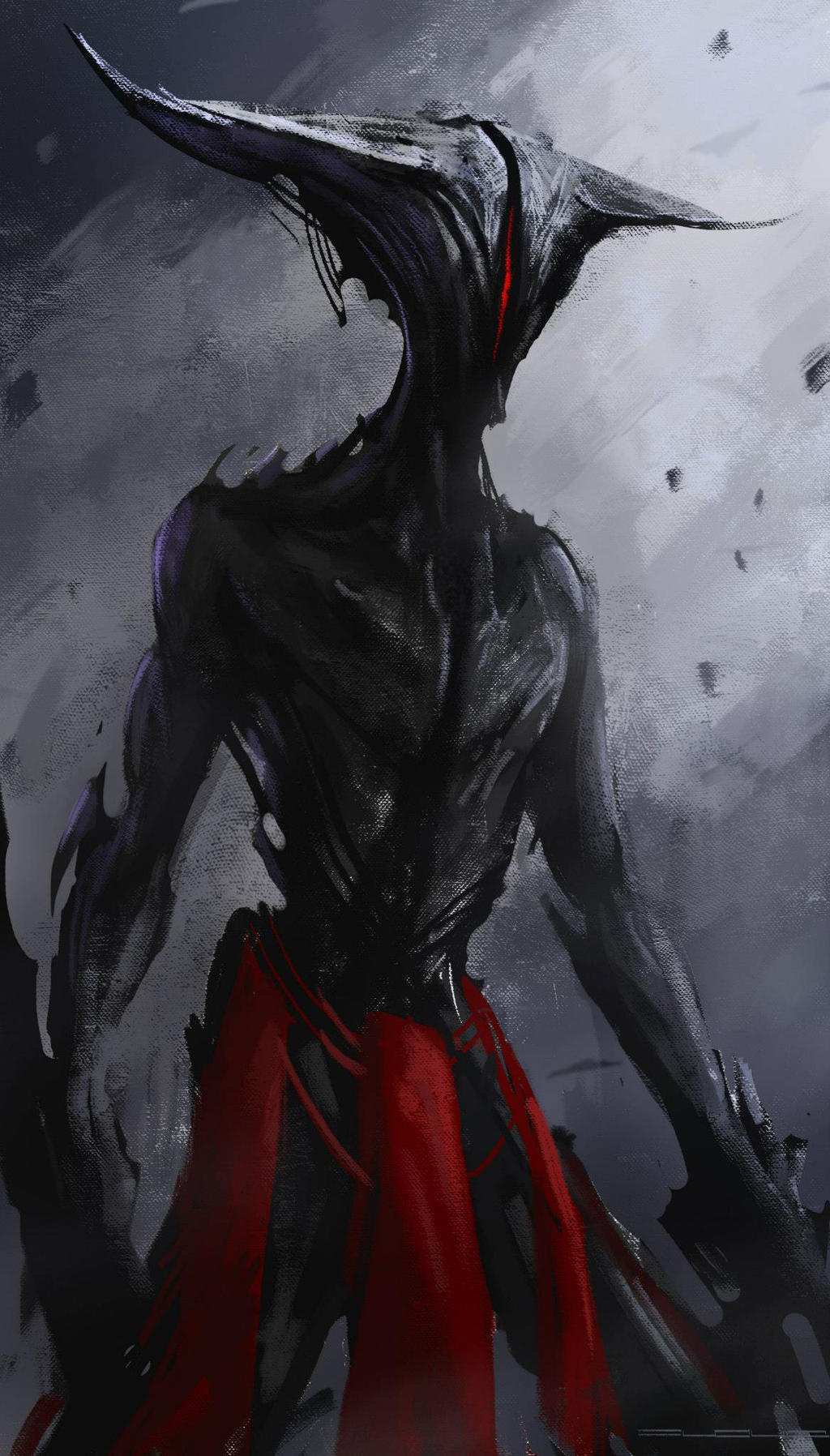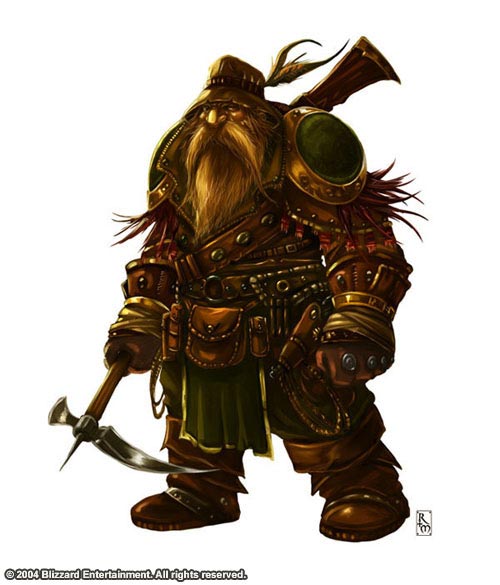Name of GodOrugoru
Deity of...Transition, Procreation
Indirect or DirectIndirect
Appearance Personality
PersonalityOrugoru is, by nature, a loner and an outcast, with a ruthless streak to him that makes him extremely dangerous when provoked. Despite this outwardly cold nature, however, his colleagues have noted that that behind his exterior lies a fiercely loyal friend, and a man of good humor and giver of sound advice. Records have shown that him to have many good friends throughout much of the world. He is also shown to be extremely adept at defusing difficult situations, and as a man who would much sooner have everyone return home than to draw his weapon. His experience of century upon century in the world makes him a world-weary man, often expressing disdain and veiled insults to those he considers cruel and foolish.
---
Republic of Henrūda Population
Population498,300
Description of DenizensThe Henrudan population is split between humans and Konpasu, the latter of which makes up a majority of the population by a miniscule margin. The Konpasu can be described as a "near-Human" species, distinguished by their blue skin and glowing red eyes, which grow darker depending on the oxygen content of their surroundings. The more oxygen present, the more intense the color of both their eyes and skin tone. While their hair is typically jet black, it does, on rare occasions, go gray with age (many Konpasu believe that the development of gray hair is an indication of the siring of exceptional children). Their physical form has led to some speculation on whether they are an offshoot of some near-human species' ancient expansions into the region or whether their physical form coincidentally matches that of humans. However, recent anatomical and psychic analysis indicates that they are an offshoot of near-humanity, and it was believed that moving underground led to a divergence between them and baseline near-humans. Furthermore, this analysis indicates that their unique skin tone is the result of exposure to glacial minerals. Their blue skin, jet black hair and red eyes generally command attention once they are in a crowd of regular humanoids, and these features make them physically striking and instantly recognizable. Male and female Konpasu tend to be more powerfully built when compared to humans but exhibit the same variances as humanoid sexes. A Konpasu typically stands between either 1.6 to 2.1 meters in height, though an average height of an adult is closer to 1.7 meters.
Studies have concluded that the fact that all Konpasu often appear in very good physical shape is an indication that the species possesses an active metabolism which is responsible for their trim figure. Thus, this is believed to be responsible for preventing obesity that is commonly found within more sedentary humanoids. While the report concludes that they are indeed "near-humans," they have not determined a specific point of evolutionary divergence. Rumors persist that there was, in fact, a number of human settlements established throughout many of the northeast extremes of the mainland, though records of this are virtually nonexistent and it remains unknown how a remote area of the continent could have existed in isolation so far back. They do display, physiologically, very few signs of evolutionary adaptations to their original icy environment with even their skin pigmentation not providing any apparent benefit. Beyond the obvious physical features, physiologically, Konpasu are similar to humans to the point that they possess a comparable circulatory, neurological, digestive and reproductive systems. The Konpasu vocal mechanism is noted for being similar to those of humans but there are apparent differences which is evident in their capacity to speak their native language.
In addition, Konpasu experience a greatly accelerated growth rate compared to humans, which contributes to their reaching maturity faster than humans. Thus an Konpasu at the age of ten-years holds the physical maturity of a twenty-year old human. This in turn results in a culturally-imprinted emotional maturity that is many times above that of their human counterparts. They are capable of living up to eighty years old, at which point an Konpasu is considered venerable; children are between the ages one to ten, and they experience a rapid adolescence from eleven to twelve and are considered full adults by thirteen or fourteen. Middle-age follows between the ages of fifty-one to sixty-two, and those aged sixty-three to seventy-nine are considered old.
Lands Description of Government
Description of GovernmentIn the early years of the Henrūdan Republic, when it was largely under control of warmongering noblemen and merchants, power was distributed equally between the emperor and the Henrudan Senate. However, within a decade of the Republic's founding, it was decided by the senate that the emperor's power was to be considerably limited. As a result, powers were shared between the Great Council, composed of nearly 500 members taken from patrician families, the Senate, which was dissolved within a month of the Great Council's founding, and the emperor. Several years later, aristocratic families further diminished the emperor's powers by establishing the Minor Council, composed of dozens of advisors, and the Great Court as a supreme tribunal. Within a year, these institutions were combined into the Promethean, which consisted of the emperor, the Minor Council, and the three leaders of the Great Court. The Promethean acted as the central body of the Republic's government.
Also created were the Elders, two bodies that combined with other groups to form the Board, which formed an executive branch. Over the course of the next two decades, the Board of Intellectuals, a senate, was formed, being 100 members elected by the Major Council. These developments left the emperor with little personal power and saw actual authority in the hands of the Major Council. A year after that, the Council of Ten was established, becoming the central political body whose members operated in secret. Within a matter of months, its dominance over the Major Council was considered a threat and efforts were made in the Council and elsewhere to reduce its powers, which were met with limited success. Then, the Supreme Court of three municipal inquisitors was established to guard the security of the Republic. By means of espionage, counterespionage, internal surveillance and a network of informers, they ensured that the Republic did not come under the rule of a single leader, which many conservative politicians had hoped for. Soon enough, the Great Court gradually assumed some of the powers of the Council of Ten.
Following the dismantling of the Council of Ten, however, the Promethean, Board of Intellectuals, Supreme Court, and the Council of Ten were all completely dissolved, with power instead resting solely with the emperor, the Major Council, and the Great Court.
MilitaryThe core of the Henrūdan army is its sizable elite regiments of infantry, although their composition and role have changed greatly since their extensive (and brutal) reorganization in recent years. These soldiers are trained as crossbowmen and lancers, utilizing extensive caches of modern weaponry. Regiments are totally self-contained organisations, and even include their own medical and logistic services. Alongside these elites, the bulk of the Henrūdan armies are made up of Renzu regiments – conscript light infantry given basic training and equipment, and which form the mass manpower of the emperor's armies. Lastly, Henrūdan armoured regiments are crewed by a special class of soldiers known as Shian. Originally irregular, almost exclusively immigrant, light infantry units who also serve as guards and watchmen, the Shian regiments have evolved to become custodians of the emperor’s war machines, and are busily building a whole new military tradition based on the resurgence of cavalry.
Alongside the regular Henrūdan forces, there are many irregular troops from various quarters, such as mountainous nomads, who fight more or less as guerrilla forces. Company commanders allow such troops a high degree of autonomy, understanding that they operate best when left to fight as they know best.
CultureWork in progress.
OtherThe territory of Henrūda is extremely rich in resources in its coniferous forests, lakes, and rivers—pulp and paper, lumber, and furs are still some of the nation's most important industries. The far north of the province, Pisotoru, is nearly arctic and is mostly inhabited by tribesmen. The most populous region is the Handon valley in the south, where the capital, Doitsu, and the largest city, Arukari, are situated. South of Arukari are the Gorofukuren, a range of ancient mountains, and to the east are the Hisuterri Mountains which extend into the country's northernmost regions. The Gorofukuren Plains, located at the southernmost tip of the country, is a fertile agricultural region, producing dairy products, fruit, vegetables, maple sugar (of which Henruda is the world's largest producer), and livestock.
Henrūda has three main climate regions. Southern and western Henrūda, including most of the major population centres, have a humid continental climate with warm, humid summers and long, cold winters. The main climatic influences are from eastern and northern oceans which move eastward and from the southern and central points of the mainland that move northward. Due to the influence of both storm systems from the core of the continent and the neighboring oceans, precipitation is abundant throughout the year, with most areas receiving more precipitation than the entirety of Lemuria, the majority of which is snow. During the summer, severe weather patterns (such as tornadoes and severe thunderstorms) are far less common than in most of the continent, although they occasionally occur. Most of central Henrūda has a subarctic climate. Winters are long and among the coldest in the east of the mainland, while summers are warm but very short due to the higher latitude and the greater influence of northern air masses. Precipitation is also somewhat less than farther south, except at some of the higher elevations. The northern regions have an arctic climate, with very cold winters and short, much cooler summers. The primary influences in this region are the neighboring oceans' currents and continental air masses from the continent's northernmost points.
















